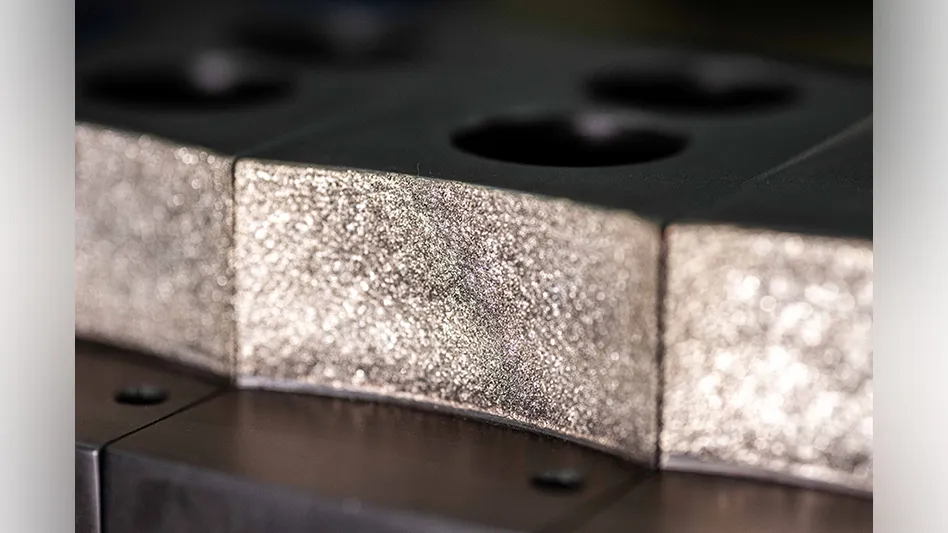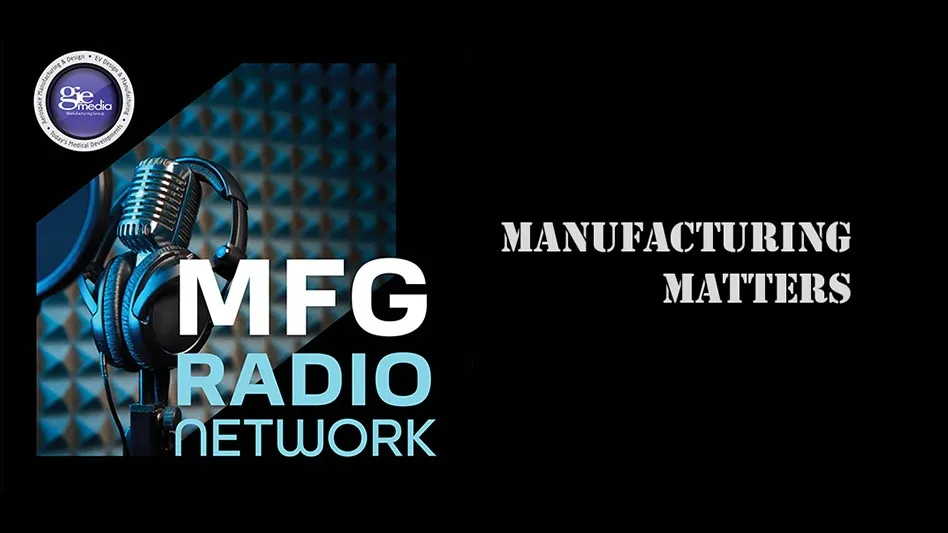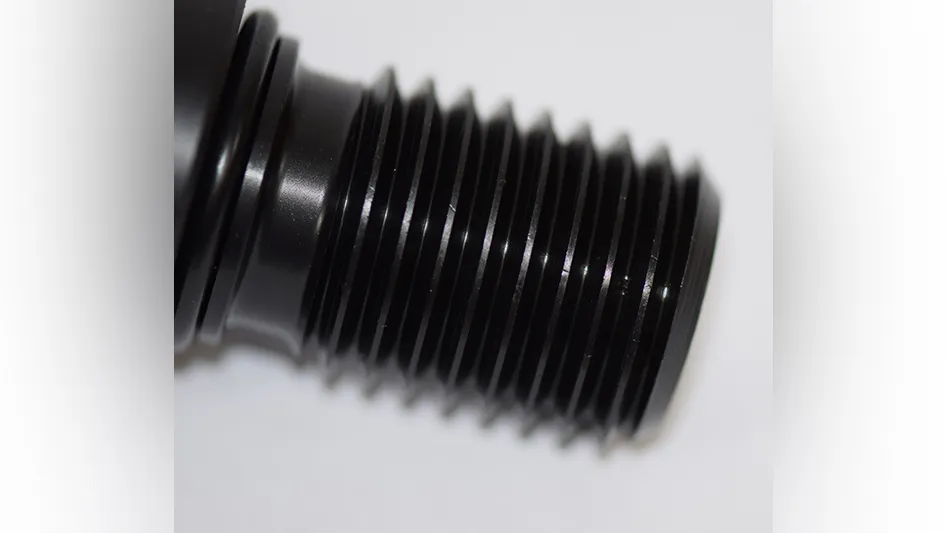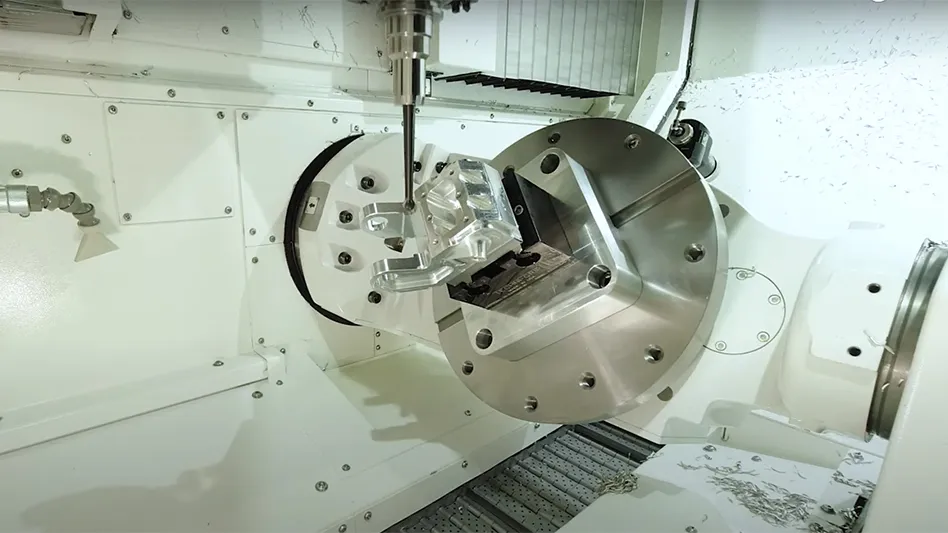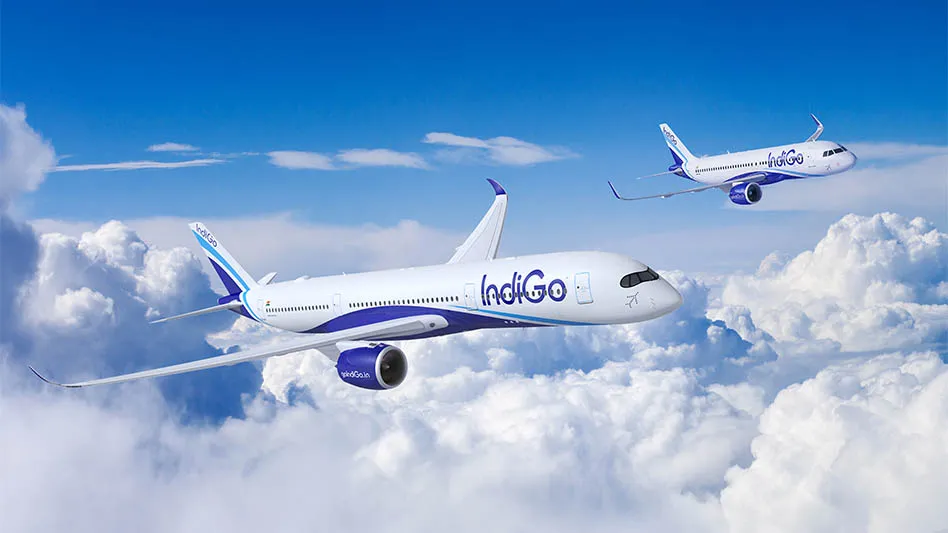 Durability, corrosion resistance, and friction-reduction are inherent performance properties of composites, making them perfect for use in protective coatings and seals, as well as window and door gaskets. Durability, corrosion resistance, and friction-reduction are inherent performance properties of composites, making them perfect for use in protective coatings and seals, as well as window and door gaskets. |
Seals are some of the most important components of an aircraft, used in countless applications throughout a plane – from exterior flaps to cockpit windshields. In addition, although they are just one small part of a modern aircraft, they are crucial to its operation – if they fail, they can compromise the entire plane’s performance.
Assessing the Application
These seals perform some of the most challenging conditions known to commercial applications. It is expected for some seals to repeatedly withstand extreme weather, endure high airflow pressures, and face huge variations in temperature. Others must resist constant degradation from aviation fuels and other chemicals used in aircraft manufacturing and operation.
For example, take the seals used on Flap Support Fairings, which protect and streamline the flap operating mechanisms on commercial airliners. These seals must support high pressures and temperatures ranging from -58°F to 176°F while simultaneously withstanding the corrosive effects of de-icing liquids, fuel, and atmospheric agents. Forming of a strong bond with metal substrates is required to avoid separation, while also retaining excellent flexibility.
With stringent requirements such as these, it comes as little surprise that aircraft- sealing technology is not a one-size-fits-all industry. When developing a seal, aircraft manufacturers need to evaluate each application to determine the type and composition of materials they should employ. Often – especially for complex seal requirements like those on flaps – the best options available are engineered solutions that include fabric reinforcement or a compound of several materials with different properties.
Engineered Solutions
For the applications with the highest demands in the aeronautics industry, a seal solution often requires specific engineering in order to meet the necessary performance levels. Consequently, considerable R&D needs to go into the development of seals made of composite materials or those materials that include reinforcement with different fabrics in order to improve seal performance.
Composites
The introduction of polymeric compounds, which are customizable for a broad spectrum of applications, has proven to be a game-changer. Composite seals can be made of silicone, metals such as stainless steel and aluminum, or plastic in order to provide specific characteristics. These compounds have proven especially effective on aircraft exteriors, such as flaps, rudders, and door seals, which have extremely complex technical demands and require materials that can be tailored precisely for those applications.
Wing seals, for example, need to be resistant to corrosion, so coatings or protective materials can be added to the composite that safeguard the seals. Other layers may be added to provide extra protection against wear and abrasion from airflow.
Reinforcement
Reinforcement with other materials, such as special proprietary fabrics, is another way to tailor seals for a specific application.
For example, certain seals must meet stringent smoke toxicity standards, which can be addressed through use of composite materials reinforced with fabrics specifically designed to be flame-resistant. Where damage from friction is a concern, special fabrics are incorporated that reinforce the seal and reduce this threat. For those applications that require extreme temperature-resistance and the ability to operate consistently in conditions ranging from -40°F up to 1,000°F – such as aircraft flaps – a mix of silicone, fabrics, and metal parts, with an aluminum top, is used.
Selecting the Right Partner
For an OEM, it is critical to choose the right partner for manufacturing effective seals. In terms of capabilities, a seal/materials supplier should meet three clear requirements.
 Seals are used in some of the most important parts of the aircraft, and they must be able to withstand conditions from high pressures and temperatures to chemical degradation. Seals are used in some of the most important parts of the aircraft, and they must be able to withstand conditions from high pressures and temperatures to chemical degradation. |
First, the partner needs to have a global presence. The aerospace industry is truly global in its reach, and the development of compounds needs to meet global aerospace standards. While partners need to be able to assign a dedicated team to the project that is local and able to work closely with the manufacturer, they must also have a strong international presence in order to understand the global environment.
Second, prospective partners must have strong R&D capabilities in order to meet the need for customized solutions that fulfill a number of technical requirements. As the global aviation industry faces increasing pressures to create more fuel-efficient, green designs, manufacturers need their suppliers to respond nimbly, this means innovating constantly and researching the right materials to meet a specific design application.
Finally, given the scale of aviation projects, it is necessary to identify a partner with considerable financial resources. Specifying seals for an aviation project can take up to five years between an initial sales enquiry to final production, requiring a risk-sharing partnership between the manufacturer and vendor.
Saint-Gobain Performance Plastics
Worcester, MA
www.plastics.saint-gobain.com

Explore the January February 2013 Issue
Check out more from this issue and find you next story to read.
Latest from Aerospace Manufacturing and Design
- Sierra Space Dream Chaser reaches pre-flight testing milestone
- ABB's modular large robot portfolio
- #35 Lunch + Learn Podcast - How to use Autodesk Fusion with TATA Technologies
- UPCOMING WEBINAR: Additive Manufacturing for Aircraft Cockpit Interior Components
- Still time to register for the May 16 Manufacturing Lunch + Learn
- NIAR to add electric aircraft test capability
- Arnold Magnetic Technologies' custom electromagnetic capabilities
- Garmin earns best supplier recognition from Embraer for 9th consecutive year
